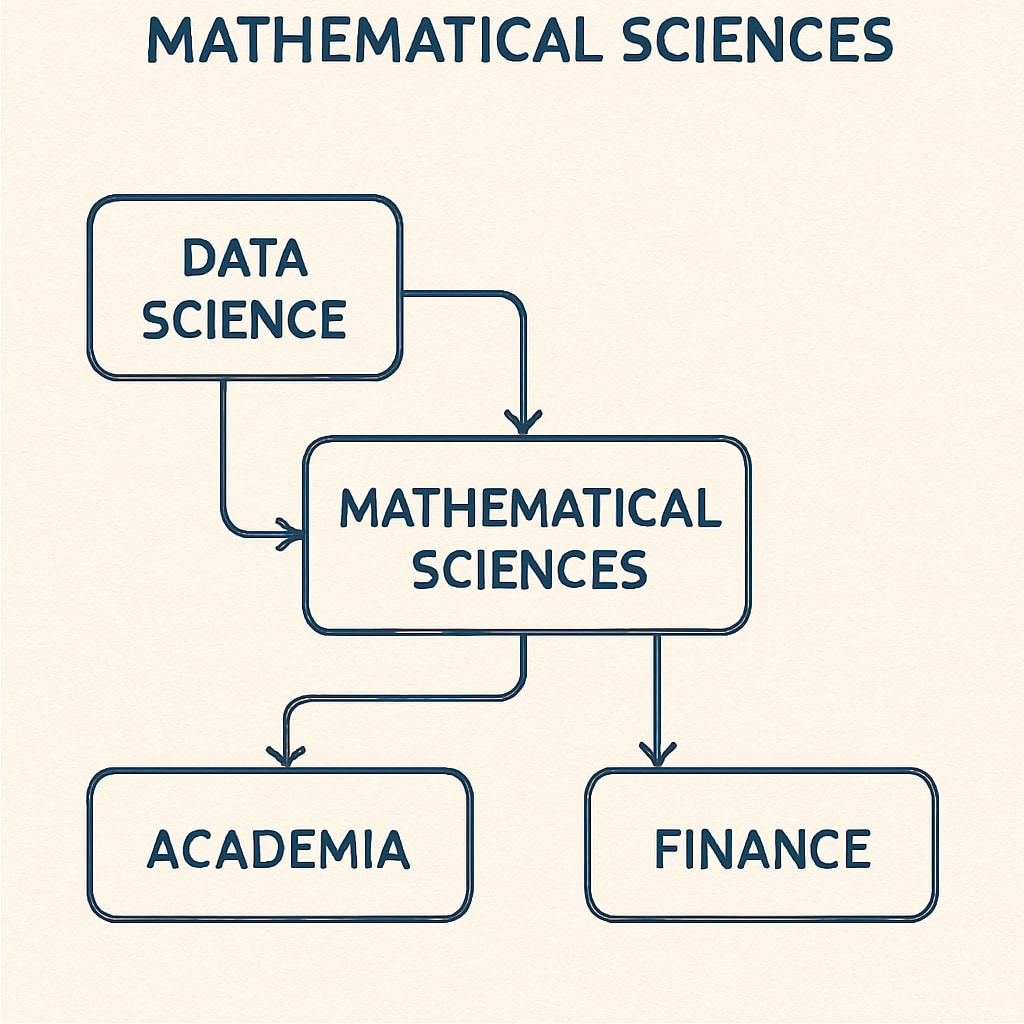Choosing a university major can be a daunting experience for 16-year-old high school students, especially for those who are passionate about mathematical sciences but unsure of how this interest translates into a career. The process of university application often amplifies this uncertainty, putting pressure on students to make decisions that could shape their futures in significant ways. This article examines the factors influencing major selection and provides a practical framework for self-discovery and decision-making.

Understanding the Pressure: Why Major Choices Feel Overwhelming
For many high school students, the pressure to select a university major stems from societal expectations, parental influence, and the fear of making the wrong decision. At 16, students are often still discovering their strengths and interests, which can make long-term choices feel premature. Additionally, those interested in mathematical sciences may struggle to understand the vast array of career paths—ranging from data science and engineering to academia and finance—that their passion could lead to.
In addition to external pressures, students face internal doubts. Questions like “Will I enjoy this field long-term?” or “Is this a practical choice for job security?” often arise, making the decision even more complex. According to Britannica’s overview of mathematics, mathematical sciences are foundational to many industries, yet their application can vary widely, requiring careful consideration of personal goals and interests.
Exploring Mathematical Sciences: Career Pathways and Opportunities
One of the most exciting aspects of mathematical sciences is its versatility. Students passionate about numbers and logic can explore fields such as:
- Data Science: Harnessing statistical methods and algorithms to extract insights from data.
- Engineering: Applying mathematical principles to design and innovate solutions.
- Finance: Utilizing quantitative models to analyze markets and manage investments.
- Academia: Advancing mathematical knowledge through research and teaching.
Understanding these pathways can help students connect their interests with potential careers. For example, a fascination with problem-solving might align with engineering, while a love for patterns and analysis could lead to data science.

Practical Frameworks for Decision-Making
To ease the decision-making process, students can adopt structured approaches to self-exploration and planning. Here are some practical steps:
- Assess Interests: Identify what subjects and activities bring the most joy or engagement.
- Research Careers: Use resources like Wikipedia’s career guide to understand how different majors align with job opportunities.
- Seek Advice: Talk to teachers, career counselors, and professionals in relevant fields.
- Try Shadowing: Gain firsthand experience by observing professionals in careers that interest you.
As a result of these steps, students will be better equipped to make informed decisions based on both passion and practicality.
Balancing Passion and Practicality
While it’s important to follow one’s passion, students should also consider practical factors such as job market trends, earning potential, and skill development. For example, the growing demand for professionals in data science and artificial intelligence highlights the practical value of mathematical sciences.
Ultimately, major selection is not a lifelong commitment; many professionals pivot careers or pursue further education later in life. Therefore, students should view this decision as a stepping stone rather than a definitive endpoint.
Final Thoughts: Choosing a university major is undoubtedly a significant decision, but it doesn’t have to be overwhelming. By combining self-reflection with research and guidance, 16-year-old students can navigate this process confidently and set the foundation for a fulfilling future.


